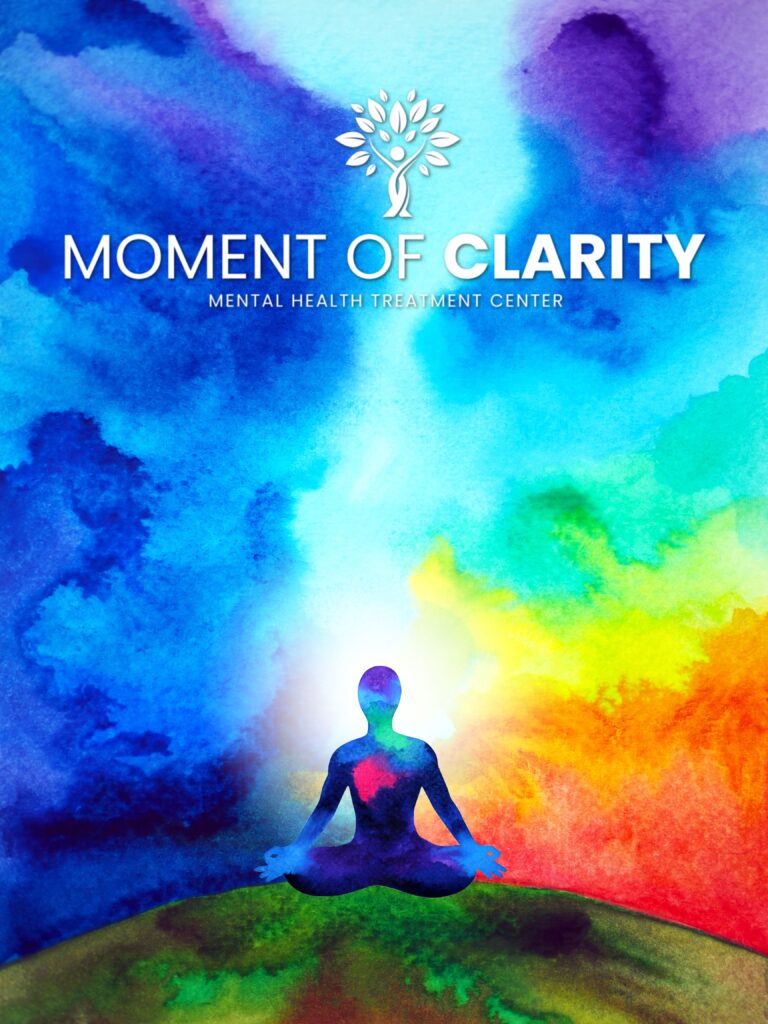Although medications for PTSD vary, they all have their pros and cons. Antidepressants are the most common option, specifically selective serotonin reuptake inhibitors, or SSRIs. The communication between nerve cells needed to stabilize mood for decreased anxiety is improved, but it can take up to 12 weeks for them to be effective. In addition to antidepressants, mood stabilizers, anti-anxiety medications, and Alpha-1 blockers can also be used. Mood stabilizers are used to balance brain chemicals, which help in regulating emotions when antidepressants fail to address PTSD symptoms like irritability and anger. Common symptoms may include drowsiness and vomiting. Let’s explore the different medication options and how they fit into an overall PTSD treatment plan.
Understanding PTSD and Its Symptoms
Threats or the actual occurrence of a serious injury, death, or violence are what lead to the occurrence of PTSD, also known as post-traumatic stress disorder. If your symptoms persist more than one month after exposure to an event you experienced or witnessed — affecting your ability to function day to day — then PTSD may be affecting your ability to get along with others. While many people associate this disorder with those who have witnessed war trauma, PTSD in veterans isn’t the only example of this condition — and it’s far more common than might be expected, even in the general population.
Mental Health Treatment That Works
Overview of Medications Used to Treat PTSD
Antidepressants
Antidepressants are the most often used and fastest-acting medications, but some of their side effects may include nausea, diarrhea, anxiety, sexual dysfunction, and insomnia. Most antidepressants used to treat PTSD are SSRI medications. Another class of antidepressants, serotonin-norepinephrine reuptake inhibitors (SNRIs), can be used if the SSRIs prove to be ineffective. They’re also useful in combating the fatigue that often comes with depression. Although communication is improved with more serotonin to the brain, insomnia, diarrhea, constipation, dry mouth, and sexual dysfunction are potential side effects.
Anti-Anxiety Medications
For those who can’t keep up with day-to-day life or work because of PTSD, anti-anxiety medications can help. Side effects are mild, such as dizziness or fatigue, but these medications for PTSD can calm one’s nervous system to offer relief from PTSD symptoms.

Benefits of Medications for PTSD
Medications for PTSD come with many benefits that can improve one’s quality of life. They can lead to you feeling like you have regained a sense of control over your life. The medications themselves can vary from antidepressants and anti-anxiety medications to prazosin (to manage PTSD-associated nightmares) and a stellate ganglion block. During this procedure, a local anesthetic is injected into the neck’s nerves to help treat anxiety. Some of the benefits of taking medications for PTSD include:
- Improved concentration.
- A relief of anxiety and depression.
- Improved ability to concentrate and remain focused.
- Nightmare suppression.
Medications are also helpful in supporting and compounding the positive effects of therapies like exposure therapy and cognitive-behavioral therapy.
Potential Drawbacks of Medications for PTSD
While medications for PTSD are effective, they also carry possible side effects. A patient may become dependent on the medications and could experience withdrawal if they go off the drugs. Medications may also need to be closely monitored by a doctor because of their complicated interplay and chemical interactions.
Some side effects of the most commonly used medications for PTSD are:
- Upset stomach and diarrhea.
- Decreased appetite.
- Dry mouth.
- Nausea.
- Insomnia.
- Sexual dysfunction.
- Sweating.
- Headaches.
- Confusion and memory problems.
- Fatigue, joint pain, and muscle pain.
Finding the Right Medication
Medications for PTSD can vary, so finding the right medication is key. Having PTSD treatment goals in every session of cognitive-behavioral therapy and working with friends and family for support will help determine what medications need to be adjusted, by how much, and when. Doctors will work with you to lessen the prevalence and potency of side effects while maintaining the optimal medicated levels. Even minor dosage adjustments go a long way in reaching the right balance of effectiveness.
Combining Medications with Other Treatments
Aside from medications for PTSD, cognitive-behavioral therapy (CBT) for anxiety, cognitive processing therapy, and prolonged exposure are all effective therapies. With cognitive-behavioral therapy, unhelpful thoughts are replaced or eliminated with more productive thoughts, so behaviors change in beneficial ways. Cognitive therapy and cognitive processing therapy, although similar, focus instead on the memories and pessimistic thoughts associated with the traumatic event itself. Often requiring 12 or more sessions, the longest form of therapy is prolonged exposure, provided in three months of 60-120 minute sessions. When facing the traumatic event and what the patient originally perceived to be damaging, instead of avoiding it, they can progress past avoidance behaviors.
Narrative exposure therapy is also an option that is particularly effective in group work. Small groups engage in 4-10 sessions where they announce and disclose their experience to be discussed and broken down. Another helpful option for treating PTSD is EMDR therapy for trauma.
How Moment of Clarity Can Help
When someone who struggles with PTSD is ready to take their life back and take the necessary steps for recovery, they need to find the right PTSD treatment in California. Not all programs are the same; each person must find a program with proven results.
At Moment of Clarity, our staff members and therapists have extensive experience working with patients struggling with PTSD. Our program provides recovery, care, and compassion. We partner with our patients to help them heal and progress toward recovery. PTSD recovery is possible, and we can help. Call us at 949-625-0564 today to learn more about what we do to help people suffering from PTSD.




